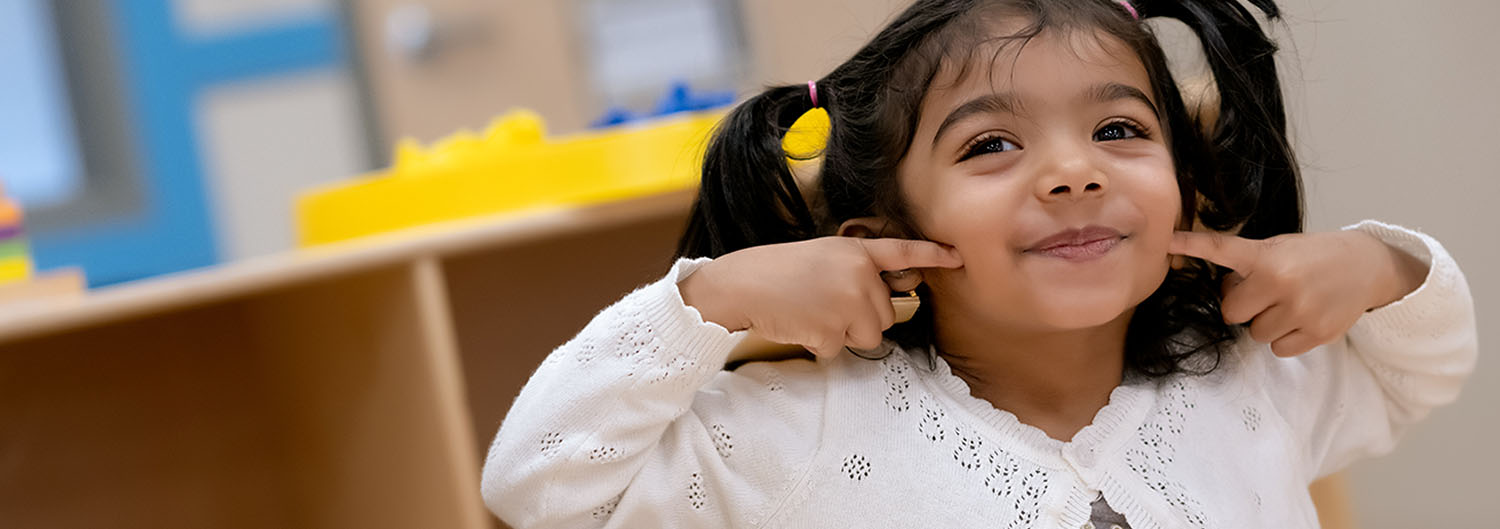- View All
- Topics
- Search
Topics
Blog Archive
-
2024 (15)
- July (3)
- June (2)
- May (2)
- April (2)
- March (2)
- February (2)
- January (2)
-
2023 (15)
- December (2)
- November (2)
- October (2)
- September (1)
- August (1)
- July (1)
- June (1)
- May (1)
- April (1)
- March (1)
- February (1)
- January (1)
-
2022 (13)
- December (1)
- November (1)
- October (1)
- September (1)
- August (2)
- July (1)
- June (1)
- May (1)
- April (1)
- March (1)
- February (1)
- January (1)
-
2021 (15)
- December (1)
- November (1)
- October (1)
- September (2)
- August (1)
- June (1)
- May (2)
- April (1)
- March (2)
- February (2)
- January (1)
-
2020 (11)
- December (1)
- October (2)
- September (1)
- August (1)
- July (1)
- May (2)
- March (1)
- February (1)
- January (1)
-
2019 (12)
- December (1)
- November (1)
- October (1)
- September (1)
- August (1)
- July (1)
- May (2)
- April (1)
- March (1)
- February (1)
- January (1)
-
2018 (12)
- December (1)
- November (1)
- October (1)
- September (1)
- August (1)
- July (1)
- June (1)
- May (1)
- April (1)
- March (1)
- February (1)
- January (1)
-
2017 (12)
- December (1)
- November (1)
- October (1)
- September (1)
- August (1)
- July (1)
- June (1)
- May (1)
- April (1)
- March (1)
- February (1)
- January (1)
-
2016 (12)
- December (1)
- November (1)
- October (1)
- September (1)
- August (1)
- July (1)
- June (1)
- May (1)
- April (1)
- March (1)
- February (1)
- January (1)
-
2015 (12)
- December (1)
- November (1)
- October (1)
- September (1)
- August (1)
- July (1)
- June (1)
- May (1)
- April (1)
- March (1)
- February (1)
- January (1)
-
2014 (6)
- December (1)
- November (1)
- October (1)
- September (1)
- May (1)
- April (1)




The Value of Visual Art Activities for Your Preschooler
In our classrooms, teachers integrate art into many aspects of our Links to Learning curriculum. After reading a book about polar bears, teachers might ask students to create their own polar bears using sponges, paint, markers and paper. They encourage students to talk about their art, providing a great opportunity to learn new vocabulary, particularly words related to colors, shapes,textures, and emotions.
Our students are also exposed to and inspired by famous artwork. In order to cultivate that fascination, we discuss famous artists and art works and ask students to create replicas of well-known paintings and sculptures. For example, after learning about Michelangelo’s painting on the ceiling of the Sistine Chapel, teachers mimic the activity in the classroom. They tape paper underneath tables, and students practice painting a masterpiece while lying down.
Below are visual art activities you and your child can do at home, as well as recommended reading.
At Home:
Recommended Reading:
It is wonderful to share the joy that children naturally take in using art materials. Giving children extra opportunities to connect art to the world around them, contributes to happiness and future success in elementary school and beyond.